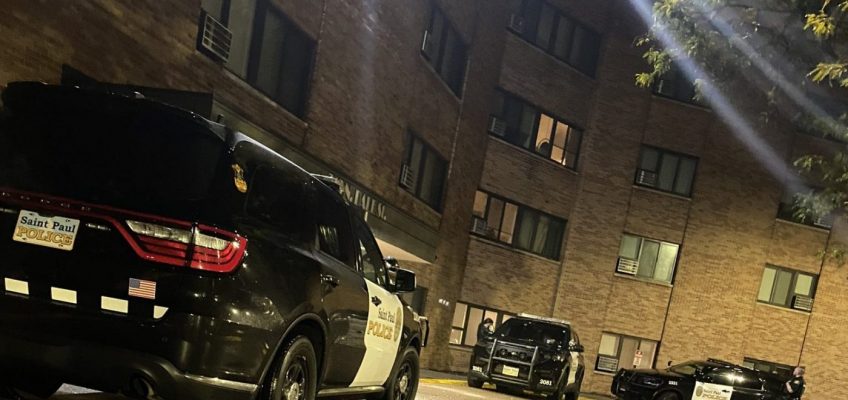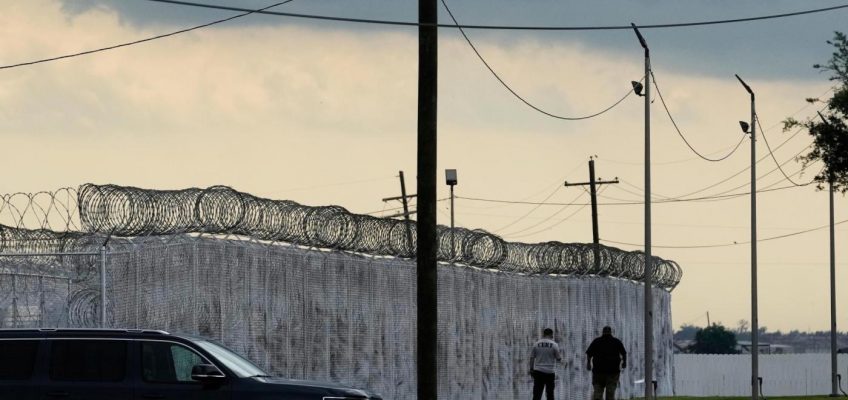A 65-year-old St. Paul man who admitted to fatally stabbing his neighbor last year during a fight, reportedly over money, was sentenced to 15 years in prison Tuesday.
Robert L. Ramsey (Courtesy of the Ramsey County Sheriff’s Office)
Robert L. Ramsey pleaded guilty to unintentional murder last month for the death of 70-year-old Lester Haynes in the hallway of their apartment building, off Dale Street and south of Interstate 94, on Nov. 3. At sentencing, Ramsey was given credit for 359 days already in custody.
A witness told police that Haynes had been watching football with friends when Ramsey showed up. An argument over money “turned physical and the two men tussled,” the criminal complaint said.
Hallway surveillance video showed Haynes pushed Ramsey out of his apartment and that they then grabbed hold of each other’s clothing. Haynes tried to hit Ramsey with an object, which fell to the floor after Ramsey “spun and threw” Haynes into a door across the hall from his apartment.
Ramsey held a knife with a long blade and swung at the side of Haynes’ face, making contact, the complaint said. Ramsey pushed Haynes with his left hand and used his right hand to stab the man’s left torso as he fell to the floor.
Related Articles
Feds: St. Paul man put $45K hit on Pam Bondi in TikTok post
St. Paul man sentenced for park robbery, downtown shooting that wounded 3
Jonathan Weinhagen resigns from Mounds View school board amid federal fraud allegations
Former chamber exec, Mounds View school board member Jonathan Weinhagen indicted
Family of St. Paul man who died in prison calls for accountability from DOC
Haynes grabbed onto Ramsey’s legs while sitting on the floor. “Ramsey repeatedly tried to stab (Haynes’) neck and upper torso with the knife, but the knife blade was no longer attached to the handle,” the complaint said.
When Haynes crawled and grabbed his fishing poles near his door, “Ramsey turned and viciously kicked” Haynes’ head and left him lying on the floor, the complaint continued.
Paramedics transported Haynes to Regions Hospital, where he was pronounced dead from the chest stab wound. A man who witnessed part of the incident later gave police the blade of a filet knife he had removed from Haynes’ body.
Police arrested Ramsey at his apartment that night. He had a Band-Aid on his thumb, “but investigators saw no other injuries to his face or neck area,” the complaint said. He did not give a statement to police.




